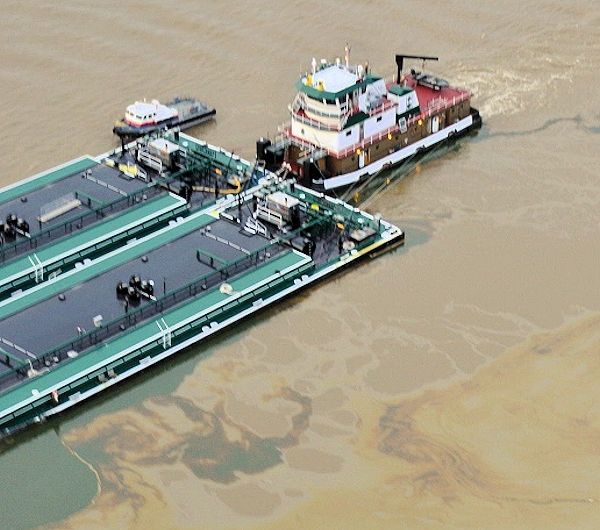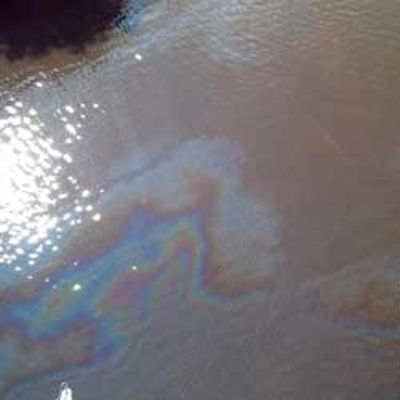What is an Oil Spill?
Introduction
An oil spill is the release of a liquid petroleum hydrocarbon into the environment due to human activity and is a form of pollution. Oil spills stem from accidents involving tankers, barges, pipelines, refineries, and storage facilities, often while the oil is being transported to its users.

Oil floats on saltwater (the ocean) and usually floats on freshwater (rivers and lakes). Very heavy oil can sometimes sink in freshwater, but this happens very rarely. Oil usually spreads out rapidly across the water surface to form a thin layer that we call an oil slick. As the oil continues spreading, the layer becomes thinner and thinner, finally becoming a very thin layer called a sheen, which often looks like a rainbow. (You may have seen sheens on roads or parking lots after a rain.)

Oil spills into rivers, bays, and the ocean most often are caused by accidents involving tankers, barges, pipelines, refineries, drilling rigs, and storage facilities.
The image to the right shows a barge leaking 750 barrels of Bakken crude oil into the lower Mississippi River back in 2014.
During an oil spill cleanup, workers may encounter many types of crude oil, including fresh and weathered, which contain carcinogenic volatile aromatic compounds like benzene, toluene and naphthalene.
Knowledge Check Choose the best answer for the question.
2-1. What is oil called that has spread out very thin to the point that it may show the colors of a rainbow?
You forgot to answer the question!
